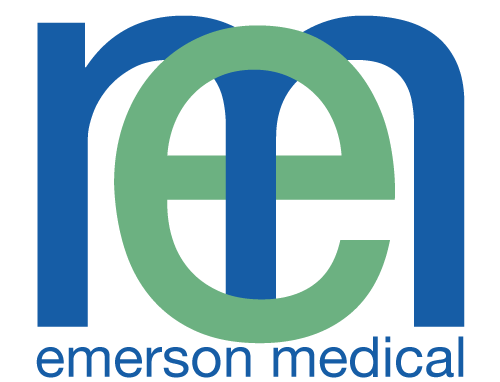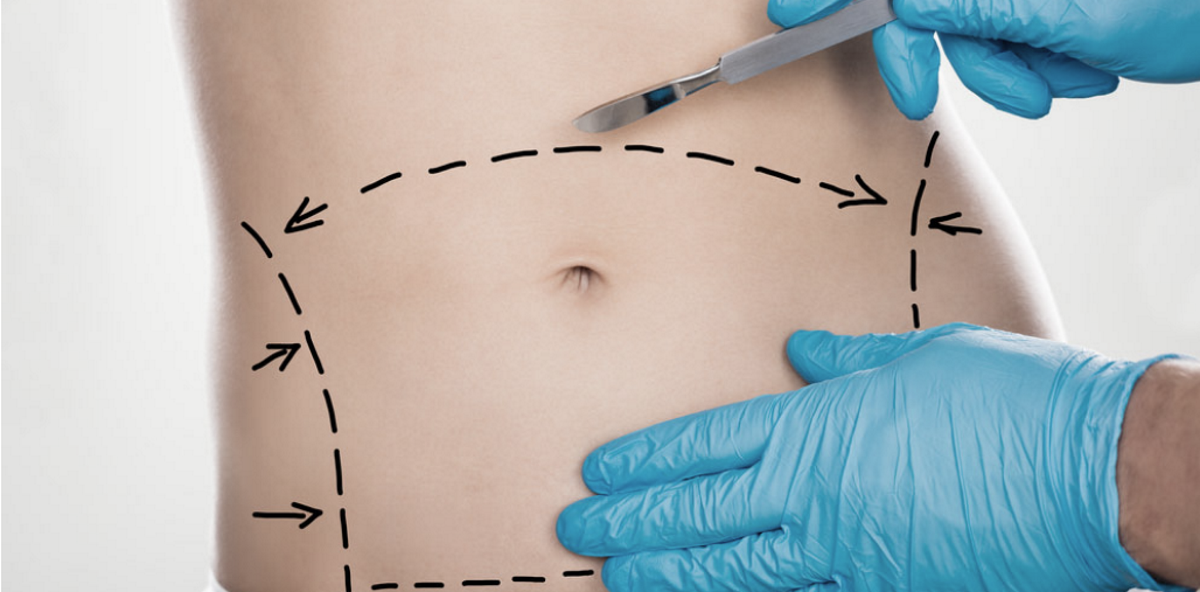For decades, Liposuction offered the only solution for men and women who suffered from fat deposits that resisted diet and exercise. And while liposuction is effective, the invasive surgery comes with many drawbacks. Scalpels, surgeries, general anesthesia, and lengthy recovery times dissuade many adults from going under the knife to reduce their belly fat or other stubborn bulges.
Fortunately, Liposuction is no longer the only option for reducing stubborn fat. Non-invasive alternatives, the most popular of which is CoolSculpting Elite, now offer fat reduction without surgery or downtime.
Liposuction v CoolSculpting Elite
Which fat reduction treatment is right for you, Liposuction or CoolSculpting Elite? Learn the advantages and disadvantages of both procedures to discover which fat reduction treatment is best suited to meet your needs and stay within your budget
The CoolSculpting elite Treatment v The Liposuction operation
Liposuction is performed by a plastic surgeon in an operating room and requires an anesthesiologist to put you fully under during the procedure. Different treatment areas have slightly different procedures, but the basic idea of liposuction involves several incisions made with a scalpel. The surgeon inserts a sharp tube, known as a cannula through those incisions into your fatty tissue. The surgeon then uses the tube to both break up the tissue and suction the fat out of your body.
The CoolSculpting Elite procedure can be completed in as little as 35 minutes, and even though its nicknamed “lunch time lipo” the two procedures are very different. CoolSculpting Elite is a non-invasive treatment that attaches a cooling applicator over a stubborn bulge, such as a love handle, to freeze subcutaneous fat cells that sit below the skin’s surface. The controlled cooling freezes the fat cells without harming the skin or tissue. Over the span of several weeks, the frozen fat cells are metabolized by the body and excreted as waste. This results in long lasting fat reduction that looks natural.
Liposuction cost v CoolSculpting Elite Cost
On average liposuction cost is double the cost of CoolSculpting Elite. According to the American Society of Plastic Surgeons, the average cost of liposuction in 2016 was $3,200. Include the cost of the operating room and anesthesiologist fees and one liposuction treatment can easily add up to $5,000. In comparison, a national survey by RealSelf reports the average cost of CoolSculpting Elite to be $2,400.
Learn more about CoolSculpting Elite Cost >>
CoolSculpting Elite Recovery v Liposuction Recovery
CoolSculpting Elite is a non-invasive treatment that requires no downtime. This is one reason CoolSculpting Elite for men is so popular. On the other hand, Liposuction requires a lengthy recovery. Patients are typically restricted in activity and forced to wear a compression garment for at least 2 weeks. Additionally, it can take months for the bruising and swelling to fully subside before liposuction results are fully visible.
CoolSculpting elite Results v Liposuction Results
Generally speaking, more invasive procedures deliver results that are more dramatic. Typically, Liposuction results in more fat reduction than CoolSculpting Elite. However, CoolSculpting Elite is still very effective. Besides the raving CoolSculpting Elite reviews and impressive CoolSculpting Elite before and after pictures, scientific research demonstrates that CoolSculpting Elite is “shown to reduce subcutaneous fat at the treatment site by up to 25% after one treatment."* While results may vary, "improvements were seen in 86% of treated subjects."¹ *
When debating between liposuction and CoolSculpting Elite, the best way to determine which treatment is right for you is to schedule a free consultation with fat reduction specialist, Dr. Natalya Chalik of Emerson Medical. Dr. Chalik is the preferred CoolSculpting Elite Staten Island provider and has an extensive medical background in weight loss and nutrition. During your free consultation, you will discuss which fat reduction options are available to you and which treatments are best suited to meet your needs.
Schedule a Free Consultation
SIGN UP ONLINE OR CALL 718-448-3800
+ 25% OFF ALL AREAS FOR NEW CLIENTS


